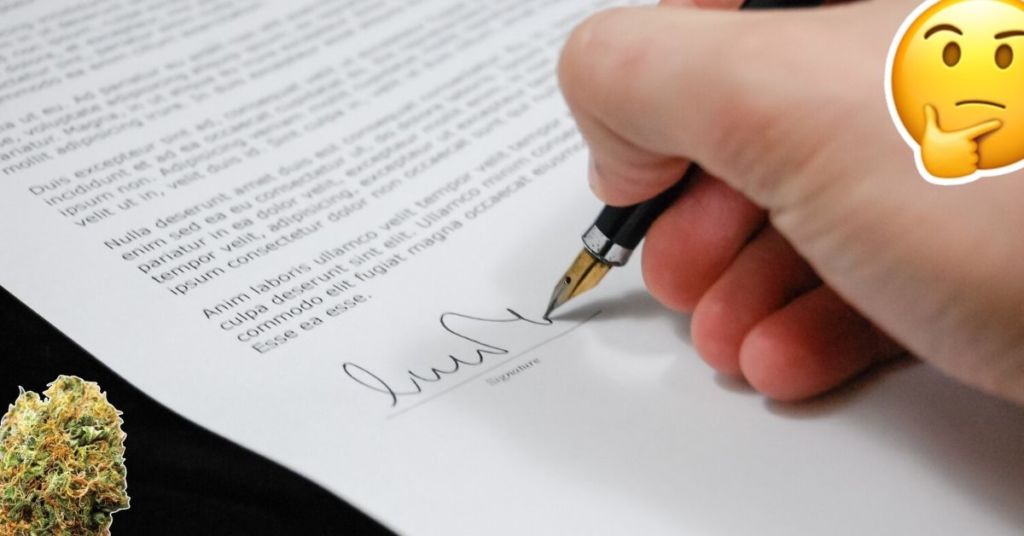EU Is Reviewing Proposals For The Fit For 55 Package, But Wait, What Is It And How Does It Work?

Among the many EU climate schemes lies the Fit for 55 package which, as suggested by the name, aims to reach at least 55% carbon neutrality by 2030 through the use of legislative initiatives – ambitious, I know.
And on 13th January the Executive Vice-President of the EU Commission, Franz Timmermans, will have a debate with members of the TRAN Committee on this legislative package (that forms part of the European Green Deal) because the decarbonisation of the transport sector is one of the more difficult elements of the package.
However, you may have a couple questions about the package. What is it? How does it work? And how will it help the EU reach its climate objectives? If so, this article is the explainer you’re looking for.
So, let’s begin from the basics:
1. What is the European Green Deal?

The EU Green Deal is the union’s main strategy to transition its economy to a sustainable economic model. It was presented in December 2019 and its overarching objective is to become the first climate neutral continent by 2050.
If this goal is reached, the environment will be cleaner and energy would be more affordable, the EU would also have have smarter transport, new jobs and just a better overall quality of life.
The budget of this deal totals over €1 trillion.
To fund this major cost, there is an EU Green Deal Investment Plan that will acquire over half of the budget directly from the EU Emissions Trading System and the EU budget.
The rest will be sourced through the InvestEU programme which combines €279 billion from the public and private sectors to 2030 and €114 billion from national co-financing.
The European Innovation Council has also set aside a €300 million budget to invest in market-creating innovations that contribute to the goals of the EU Green Deal.
This deal, however, has come under some fierce criticism with many environmentalists rendering the goals as both heavy-weighted and ideal.
EU Greens, Greenpeace and Climate Action Network Europe further cited scientists’ evidence and revealed that the 50% emission reduction goal of 2030 is not near fast enough for the EU to become climate neutral by 2050 .
They explained that climate change is happening faster than anyone five years ago predicted and the current Green Deal goals are insufficient to meet the 2°C and 1.5°C targets. These groups further urged the commission to propose a reduction of at least 65% by 2030 and climate neutrality by 2040.
Unfortunately though, the commission has not taken up the groups’ recommendation and the Fit for 55 package remains with the goal of 55% carbon neutrality by 2030.
2. What is the Fit for 55 package?

The Fit for 55 package is the intermediate step towards the 2050 climate neutrality goal, it is a set of proposals made to revise and update EU legislation.
It further implements new initiatives with the aim of ensuring that EU policies are in line with the climate goals agreed by the Council and the European Parliament.
Therefore, the package of proposals theoretically provides a coherent and balanced framework for reaching the EU’s climate objectives.
The framework should further ensure a socially fair transition and strengthen innovation and competition in the EU industry while simultaneously maintaining a level playing field.
3. How do the proposals work?

Proposals for the Fit for 55 legislative package are first presented and discussed at technical level within the Council’s appropriate working parties. It then lands on the table of EU member states’ ambassadors in Coreper.
Discussions among the 27 member states to prepare the ground for an agreement on the proposals then follow.
EU ministers then exchange views and seek to reach a common position on the proposals. This forms the basis on which the presidency of the Council then engages with the European Parliament in negotiations to find common agreement in view of the final adoption of the legislative acts.
The legislative proposals and policy initiatives include a myriad of sectors.
Among them are: the emission trading system (EU ETS), the member states; emissions reduction targets, land use change and forestry, renewable energy, energy efficiency, alternative fuels infrastructure, CO2 emission standards for cars and vans, energy taxation, carbon border adjustment mechanism, sustainable aviation fuels, greener fuels in shipping, and the social climate fund.
4. What will be discussed on Thursday?

Within the next few days, Vice-President Timmermans will be discussing four proposals all related to the transport sector of the package because decarbonising this sector has proved to be one of the more challenging feats.
This includes the plan to phase out the internal combustion engines.
As it stands, the initiative has a target of 100% for 2035. Meaning that, in practice, from 2035 it will no longer be possible to place cars or vans with an internal combustion engine on the market in the EU.
The proposed tightened CO2 standards for cars and vans aim at supporting member states in reaching their increased national targets under the effort sharing regulation while stimulating technological innovation in the sector.
Another proposal that will be discussed this week is the inclusion of emissions from maritime transport in the EU ETS system with measures aimed to reduce and offset international aviation emissions.
A similar point of discussion will be the initiative to introduce a mandate for the uptake of sustainable alternative fuels for the aviation and maritime sectors.

Not to state the obvious but as an EU member state, Malta has its own initiatives to reach the intermediary and final goal as established by the Fit for 55 package and the EU Green Deal.
In fact, Malta has committed to protecting the Green Deal but our national targets are, to put it kindly, sub-par.
Now, although the country is small and not that significant in the grand scheme of things, we are one out of only 27 and our government needs to work a lot harder at helping the EU reach its climate targets.
In fact, Malta is set to receive €316.4 million in total, fully consisting of grants, over the lifetime of the plan.

This article is part of a content series called Ewropej. This is a multi-newsroom initiative part-funded by the European Parliament to bring the work of the EP closer to the citizens of Malta and keep them informed about matters that affect their daily lives. This article reflects only the author’s view. The European Parliament is not responsible for any use that may be made of the information it contains.
What do you think about the Fit for 55 package?
